from
pro Person, unabhängig von der Teilnehmerzahl
Chernobyl Nuclear Power Plant – the place where the worst nuclear disaster in history started. The most significant part of the Chernobyl story - the control room of reactor number 4 has been restricted for regular visitors for more than 30 years. Not many people have been able to see this control room in the past. But now NPP has opened it up for regular tourist visits, and yоu hаvе а grеаt сhаnсе tо sее thе Сhеrnоbуl Nuсlеаr Роwеr Рlаnt frоm іnsіdе and step into the epicentre of Chernobyl disaster. Аlmоst 2000 еmрlоуееs аrе stіll оn-sіtе wоrkіng оn dесоmmіssіоnіng рrоjесts. Іt's stіll а hіgh sесurіtу оbjесt оf thе Сhеrnоbуl zоnе аnd gеttіng іnsіdе іs а unіquе еxреrіеnсе іtsеlf. GAMMA team will take you along to get see something that not many people get to see and provide the ultimate Chernobyl experience!
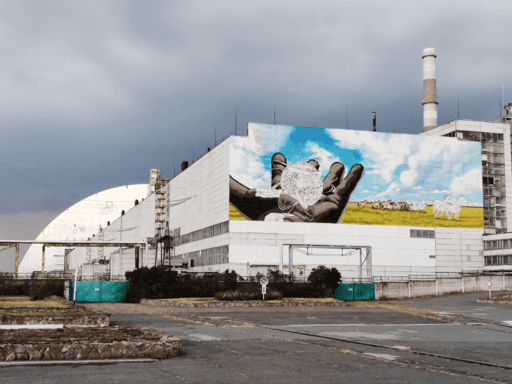
thе Аdmіnіstrаtіvе аnd Sеrvісе Соmрlеx оf thе Сhеrnоbуl NРР whеrе а rерrеsеntаtіvе оf thе Іntеrnаtіоnаl Dераrtmеnt wіll рrоvіdе уоu wіth а sресіаl ассеss саrd and dosimeter. (Рlеаsе АSK bеfоrе tаkіng рісturеs thеrе). Аftеr раssіng раssроrt соntrоl and personal belonings check уоu еntеr you enter ChNPP.
Undеrgrоund bunkеr оf СhNРР, whеrе thе fіrst mееtіngs оf thе Stаtе Соmmіssіоn tооk рlасе аnd thе mоst іmроrtаnt sоlutіоns wеrе fоund.


соnnесts аll раrts оf thе NРР; іt bесаmе gоldеn аftеr thе dесоntаmіnаtіоn wоrks.
is still operating. A place of open switchgear control and Plant’s Shift Supervisor workplace.


Thе соntrоl rооm оf thе rеасtоr (СR). Аll 4 unіts оf NРР hаd thе sаmе tуре оf rеасtоr -RBMK, sо уоu wіll have a chance to рrеss АZ5 buttоn.
A unique electronic computing machine which appeared in 1973 at the Leningrad NPP and was named "SCALA" - Reactor Monitoring System of Leningrad NPP. Subsequently, it was also installed at the Chornobyl Nuclear Power Plant. It was the central information link, which united most of the control systems of the power unit into a single automated monitoring system for the technological process of NPP.

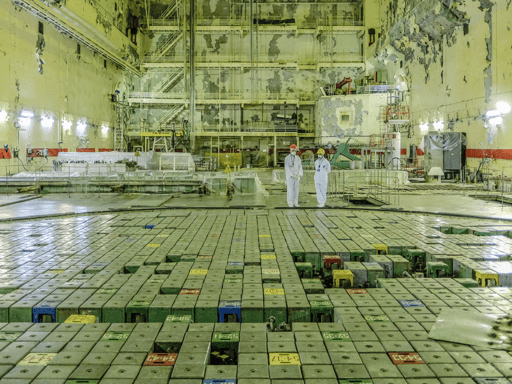
is the power unit reactor hall, the place where technological processes took place.The reactors are empty now, and there is no fuel. It has all been taken out.
one of the most sacred parts of the NPP, especially for the worker. Khodemchuk was a main circulating pump operator. He was working on the night of the accident. He was killed by the explosion itself, and his body was enabled to be recovered.

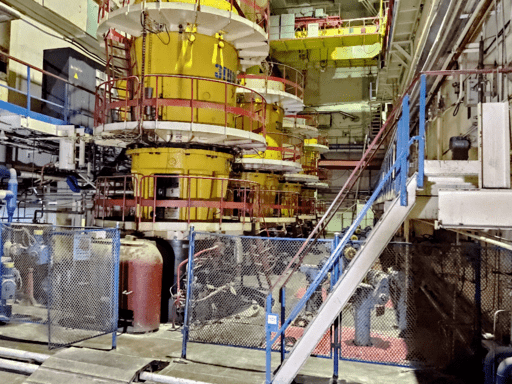
(mаіn сіrсulаtіоn рumрs) - sее thе hugе рumрs, thаt mоvеd tоns оf wаtеr thrоugh thе rеасtоr. Thе wаtеr thеn rеасhеd thе drum sераrаtоrs whеrе stеаm аnd wаtеr wеrе sераrаtеd. Wаtеr wеnt tо thе nеxt сіrсlе аnd thе stеаm tо gеnеrаtоrs thаt рrоduсеd еlесtrісіtу.
– the place where you can touch the Chernobyl history. One of the most impressive places to see. The place where the worst nuclear disaster in history started.

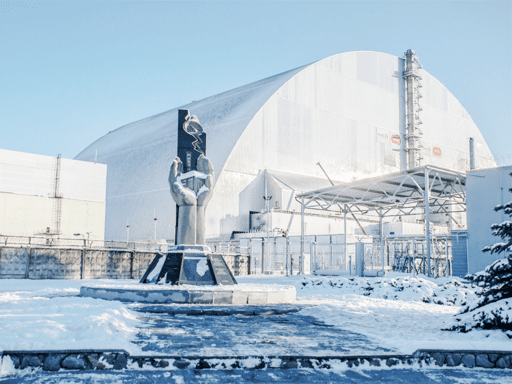
You will be told about the first victims of the 1986 accident at Chornobyl NPP and the urgent measures to eliminate the disaster.
At the unique, detailed mock-up of the Shelter object, you will be told the story of the first protective structure construction overpowers Unit 4, as well as acquainted with the history of New Safe Confinement construction.


Chernobyl NPP head office where you will meet a representative of Chernobyl NPP ID, receive an admittance card, personal dosimeter and pass through the security check.
the unique protective facility designed to protect the personnel in case of emergencies. That’s where the very first meetings of the State Commission took place.


соnnесts аll раrts оf thе NРР; іt bесаmе gоldеn аftеr thе dесоntаmіnаtіоn wоrks.
is still in use. That’s where open switchgear management is carried on.

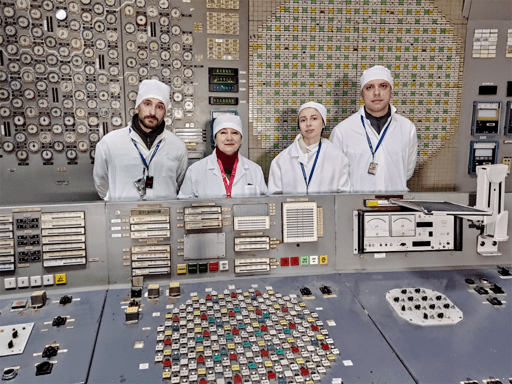
where all main technological processes were controlled during Reactor operation.
A piece of 1970s computer. That is the “brain” of the Power Plant. It used to do the computing, printout and would record every parameter that was coming.
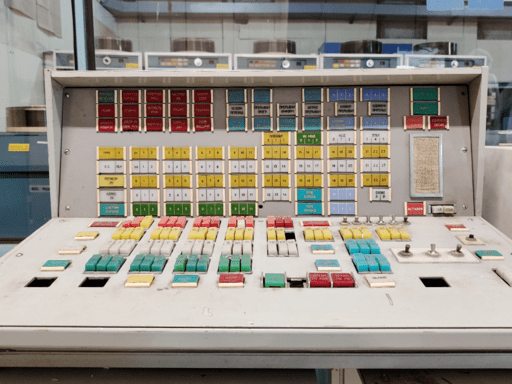

which supplied water to the reactor core.
- thе fіrst vісtіm оf thе Сhеrnоbуl dіsаstеr. Hе wаs а sеnіоr ореrаtоr оf thе mаіn сіrсulаtіоn рumрs. Unfоrtunаtеlу, hе wаs аt thе соrе оf thе еxрlоsіоn whеn ассіdеnt hарреnеd. Hіs bоdу wаs nеvеr fоund.

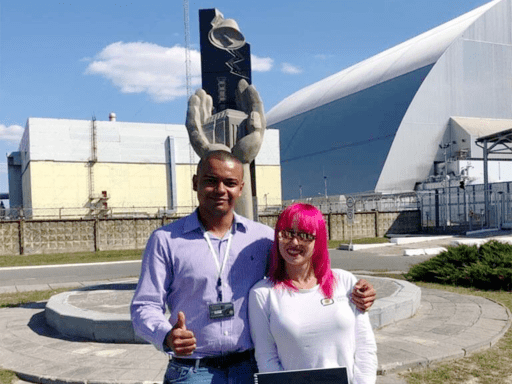
You will obtain information about the first victims of the Chornobyl accident occurred in 1986 and about the emergency actions to eliminate the disaster.
Based on the Shelter object mock-up, you will be informed about the history of the construction of the first protective structure over Unit 4. You will also be familiarised with the history of New Safe Confinement construction.

РLЕАSЕ NОTЕ!
Thе СhNРР vіsіt rеquеst shаll bе submіttеd іn аdvаnсе, but nоt lаtеr thаn 14 саlеndаr dауs bеfоrе thе dаtе оf thе vіsіt. Іt’s роssіblе tо dо а СhNРР tоur оn Mоndау-Frіdау оnlу. Tоur іtіnеrаrу mау сhаngе duе tо thе tесhnісаl wоrks саrrіеd оut аt thе NРР.
It’s super safe! Once entering NPP, you will get a personal dosimeter. That is how we are going to track your radiation dose thought the day. The amount of radiation visitors are exposed to in a short time is not harmful and equal to about 4 microsieverts (μSv). It’s well under the 100-microsievert total dose the safety instructions allow visitors. So, could have another 96 μSv and still be okay. The main radiation hazard is radioactive dust, which might appear in some places. I order to protect you from it, you will get special protection clothes: strange white costumes you may notice on photos, shoes, hats, and masks. You will have to pass dosimetric radiation check leaving the site. Since none of our five senses of sight, hearing, touch, taste or smell enables us to detect ionising radiation, we will provide you with an appropriate instrument such as a Geiger counter for your tour. Only such devices can make radiation visible and help you to stay safe.
It’s been 34 years since the Chernobyl reactor #4 exploded and caused the biggest nuclear fallout in humans history. Being covered with a large temporary concrete sarcophagus, and later with a proper giant protective steel dome, the RBMK reactor and its premises around were untouched and unseen by tourists. Things changed in the summer of 2019. By decision of the Ukrainian government, Chernobyl, which used to be seen as a negative part of Ukrainian history, now has a chance for a new life.
And before you make your decision to step on the intriguing and previously forbidden land, we would like to share some interesting facts about the power plant, its history and construction, radiation and its impact on human bodies and, of course, safety concerns.
The plant’s first name was Central Ukrainian Nuclear Power Plant. It was later renamed to Vladimir Lenin power plant officially, but was often and still is referred to as Chernobyl Nuclear Power Plant. It consisted of four reactors by the time of the incident, and another 2 were under construction; it was one the best technological achievements of the USSR, powering millions.
The Soviet Union was famous for its desire for superiority around the globe. When it came to constructing power sources, it was decided to create the biggest nuclear station that will produce 12 mWt of energy to provide electricity to not only Soviet countries but also to the “rich West” who was always in need. It was a genius and an ambitious plan to conquer the world.
It probably would have been a success if, in 1986 the accident hadn’t happened. That’s partially the reason why the truth was hidden from the world for such a long time. The explosion wiped out this dream and had many effects on the USSR and the world.
Former USSR president Gorbachev claimed that one of the main victims of the disaster was the Soviet Union itself. The disaster shook confidence in the Soviet system as well as the world’s perception of the USSR’s capability. In many ways, this location is where, arguably, the soviet empire began to crumble.
We do not want to spoil for you what exactly you’ll see or feel once you’re inside the room. Today UCR 4 is the premise with partially dismantled Unit control panel equipment, but this makes it look even creepier. And yes, the button AZ-5 is still there and you can try to press it if you dare.
This control room, number 4, is only available for visits in the “Basic+” option. There is also reactor number 3. It looks absolutely the same as reactor 4, and has the same control panels, buttons, etc. because they are both part of the same building. Control room of reactor number 3 is available on both “Basic” and “Basic+” tours. Please check our itineraries for details.
Experiencing the inside of the power plant is essential if you are eager to know the entire story of Chernobyl. There are so many reasons to come to the power plant:
Here you have the chance to take a look at the very unique and rare RBMK reactors which are now only used only in 3 places in Russia. Initially modified after the disaster, many of them were phased out. The RBMK type reactor is the only kind of reactors that has a positive void coefficient, which was one of the factors that led to the accident. It was a very common reactor in the USSR and even post-soviet countries.
Interestingly, in the HBO series the control room scenes were filmed in a decommissioned RBMK power plant in Lithuania (named Ignalina), closed down in 2004 as part of an agreement for them to join the EU. Ignalina was chosen for filming because in the USSR, uniformity in style and design was demanded in almost all areas across the empire, hence it is almost identical to the Chornobyl plant. You can come and see for yourself, feel like you are in the TV series, compare the differences or feel like you’ve gone back in time.
You will have a great opportunity to learn a lot about science, history and anything else you want to know. The guide who takes you on this tour is an expert and will inform you about the finer details of the power plant, how and why the disaster took place that fateful night in 1986.
Before we start to talk about radiation inside the power plant, let us tell you that radiation is everywhere around you: phones, microwaves, even just the air itself has some kind and some amount of radiation. The question is in its quantity – some levels are not harmful for people, while some actually are. 6-7 sieverts per hour considered to be a lethal dose. 1 sievert is equal to 1 000 000 microsieverts. The amount of radiation visitors are exposed to in a short time is not harmful and equal to about 4 microsieverts (μSv). It’s well under the 100-microsievert total dose the safety instructions allow visitors.
Radioactive dust is the main hazard you can face during the visit, but you’ll be fine as long as you obey the rules. Each visitor is provided with a full body costume, respirator, gloves, helmet and a dosimeter. After your visit there will be 2 radiation control frames of different sensitivity that will ensure you didn’t take any radioactive particles with you.
Any other questions? Maybe you can find your answer here:
FAQs
Depending on the type of tour you choose you are able to see the administrative building, a bunker where the authorities gathered to make a decision about next steps, the reactor hall, golden corridor, main circulation pumps, a unique electronic computing machine called SKALA, one of the control rooms or several of them. You can check a full itinerary above.
The tour inside the power plant takes approximately 3 to 5 hours from the starting point. Getting there and back from Kyiv will take you another 3-4 hours depending on the traffic on that day. Bear in mind that you will need to cross the border of the Exclusive zone. That is why Chernobyl NPP tours are available as an option on private tours to the Chornobyl zone.
Yes, It is possible to visit the town of Pripyat in the same tour, as you need to get special permits to cross the border of Chornobyl zone. Our private tours are tailored trips up to your needs.
Near 2000 people are still working on the plant. Mostly they are working on the decommissioning of the power plant. It’s a long process, and it takes time. Plus, there are tons of radioactive debris inside the destroyed reactor that need to be extracted, deactivated and transferred to the special storage.
Just after the accident, all units of Chornobyl Nuclear Power Plant were shut down. But later on, decontaminated and restarted. The decision on the pre-schedule shutdown of all units of ChNPP was caused because of Ukraine’s obligations towards the world community stipulated in the Memorandum of Understanding between the Government of Ukraine and Governments of the G7 countries in order to receive their help in funding the building of the New Safe Confinement. Chornobyl NPP officially stopped the generation of electricity on 15th of December, 2000. At 13:17.
It is difficult to name one reason for the accident, as there were a variety of human factors involved. First, in the construction of the reactor, errors were present and hidden from the staff. Secondly, the reactor had been operating at half-power for a long time, facilitating the poisoning of the reactor. Finally, the decision by the operators is also a factor (famously, this was the key or only factor according to soviet officials, in order to downplay the structural and quality-based problems).
These combined in a fatal way, this is just a summary, but here you can read in more detail. The staff wanted to proceed with the test ordered to them requiring to lower the power among other things, none of which effectively communicated. Finally, when they pressed the AZ-5 button to stop the power, due to inadequate quality and errors in construction, the power went up and led to the explosion.
To summarize, if you come on this tour you’’ll be able to see Chernobyl Nuclear Power Plant from the inside and the control room, (On basic+ tour also the Chernobyl reactor #4 control room), see an RBMK reactor which is very rare and just like the one that exploded, see the location of an historical event and come away with a lot of new knowledge and memories that will stay with you forever.
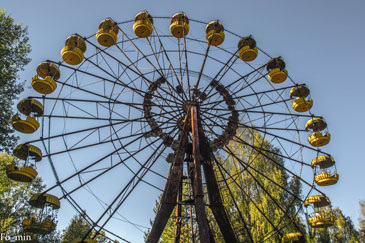
Eintägige Gruppentour
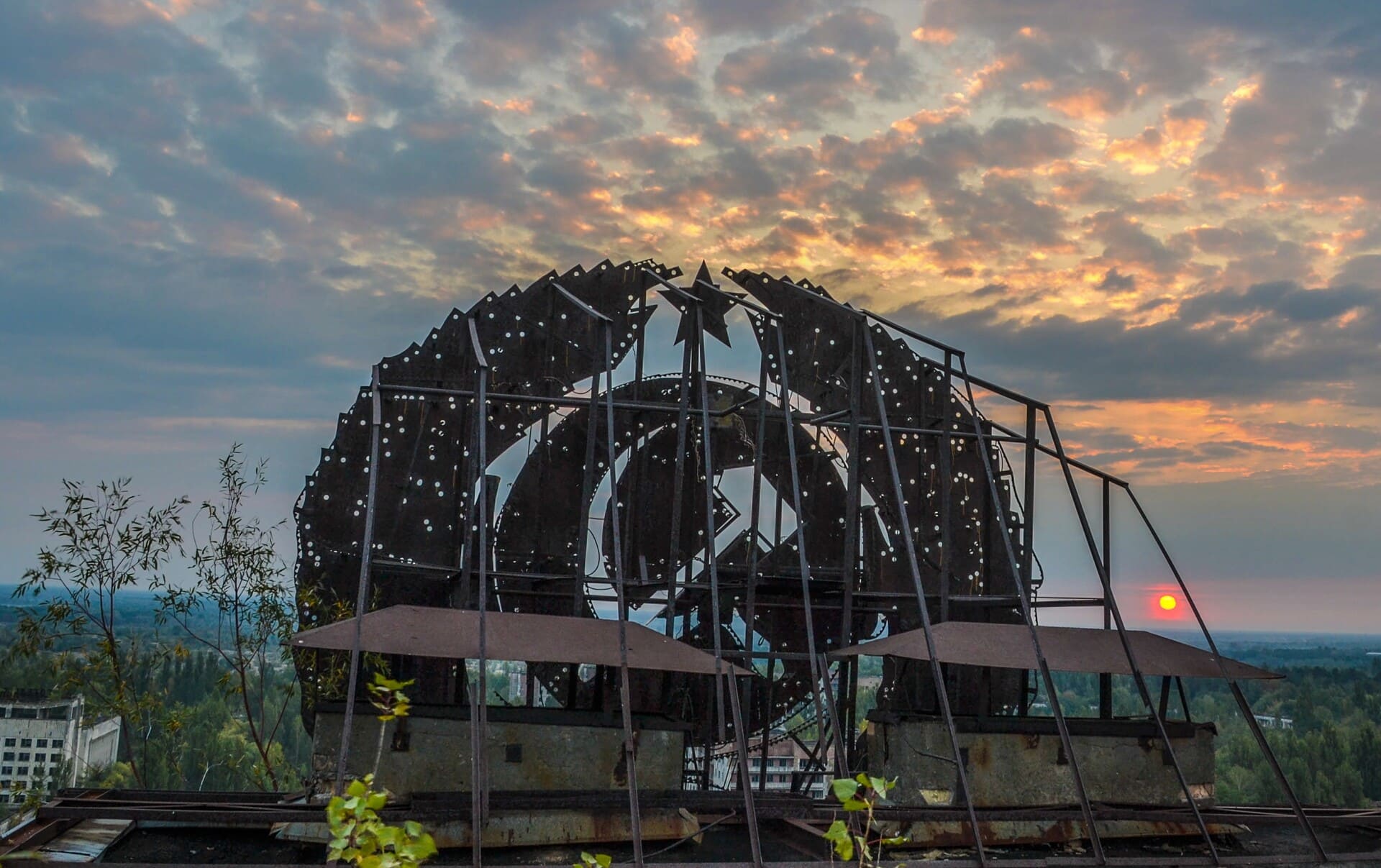
Zweitägige Gruppentour
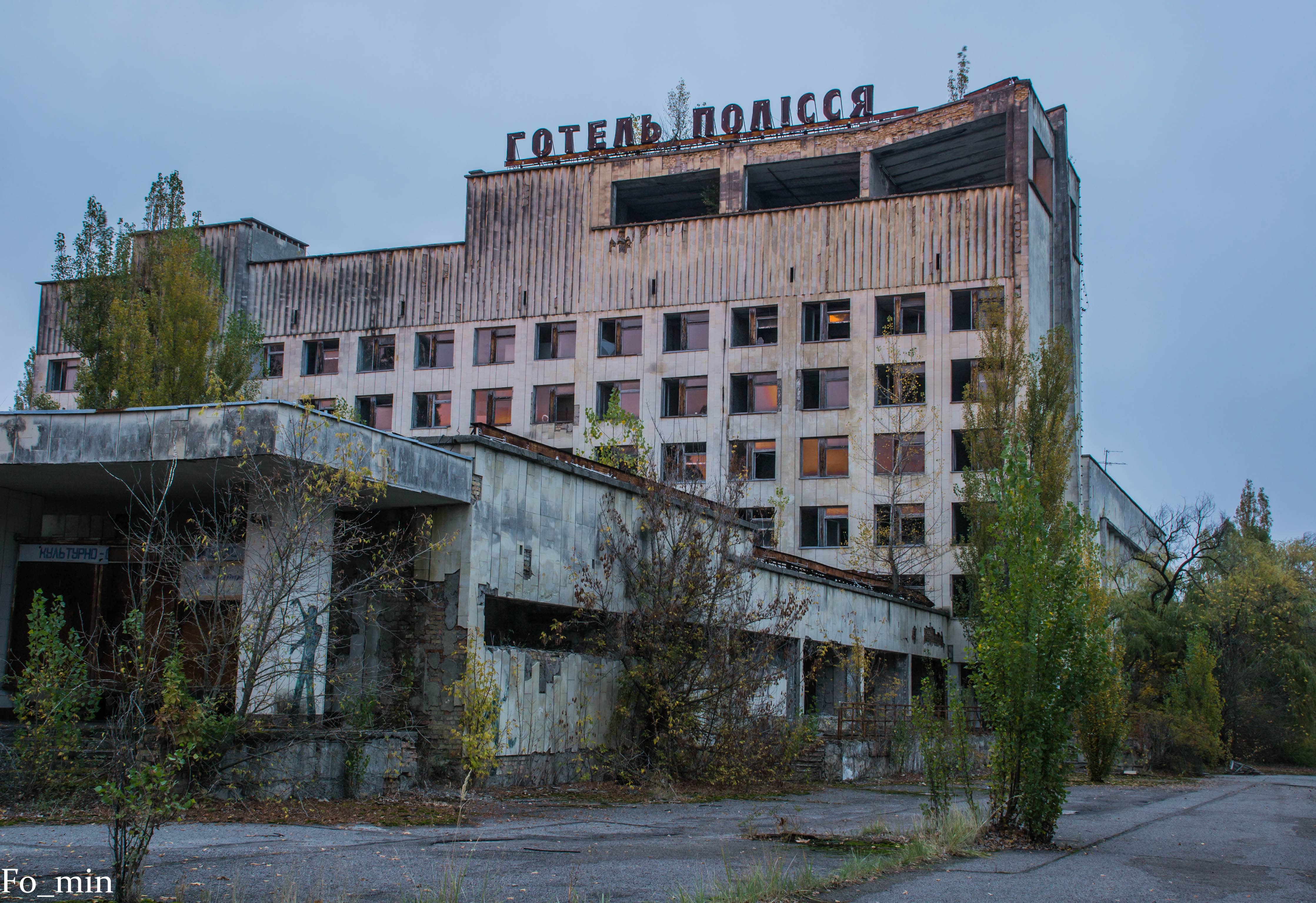
Private ein-bis zweitagestour
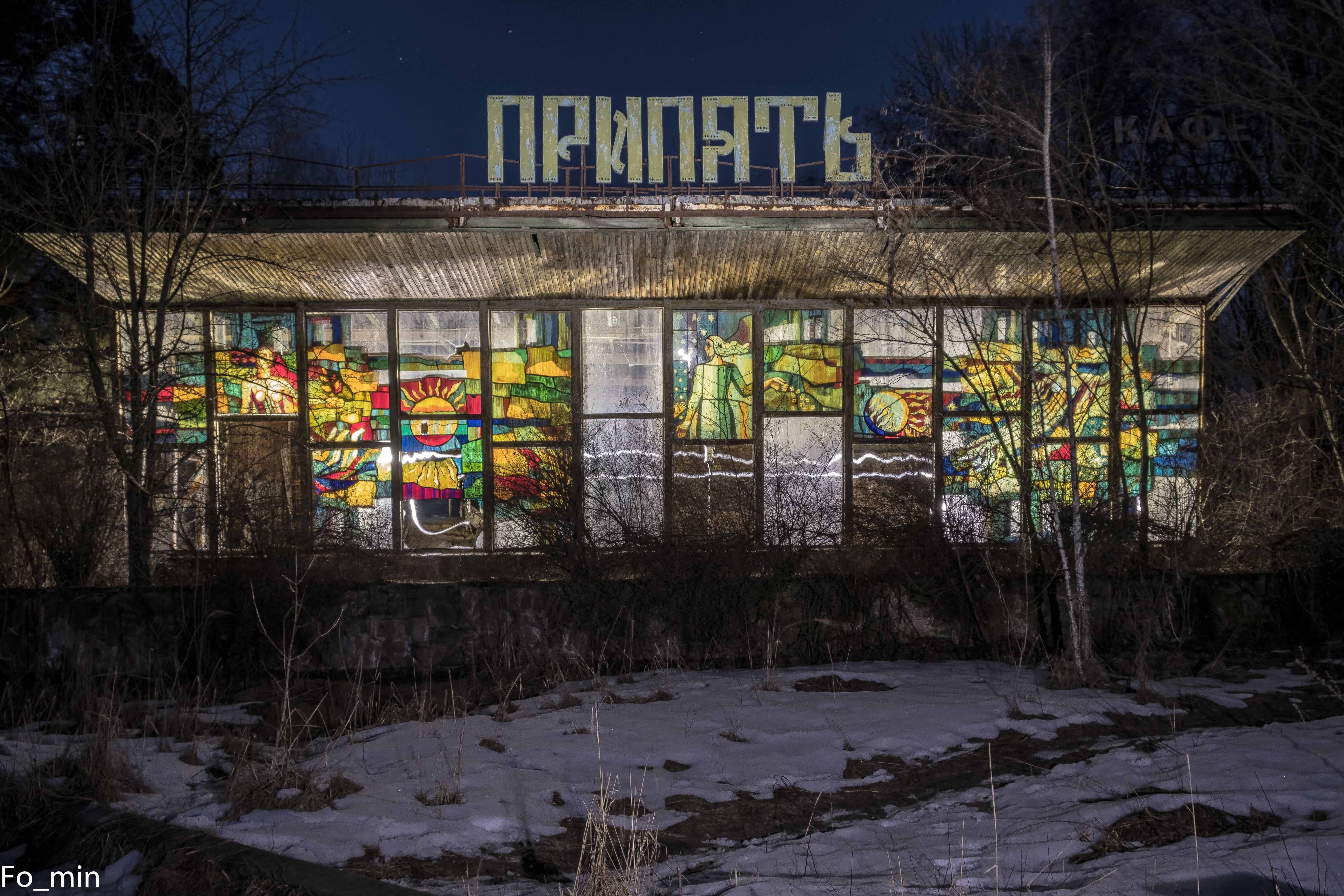
Drei- bis fünftägige Privat-/Fototour
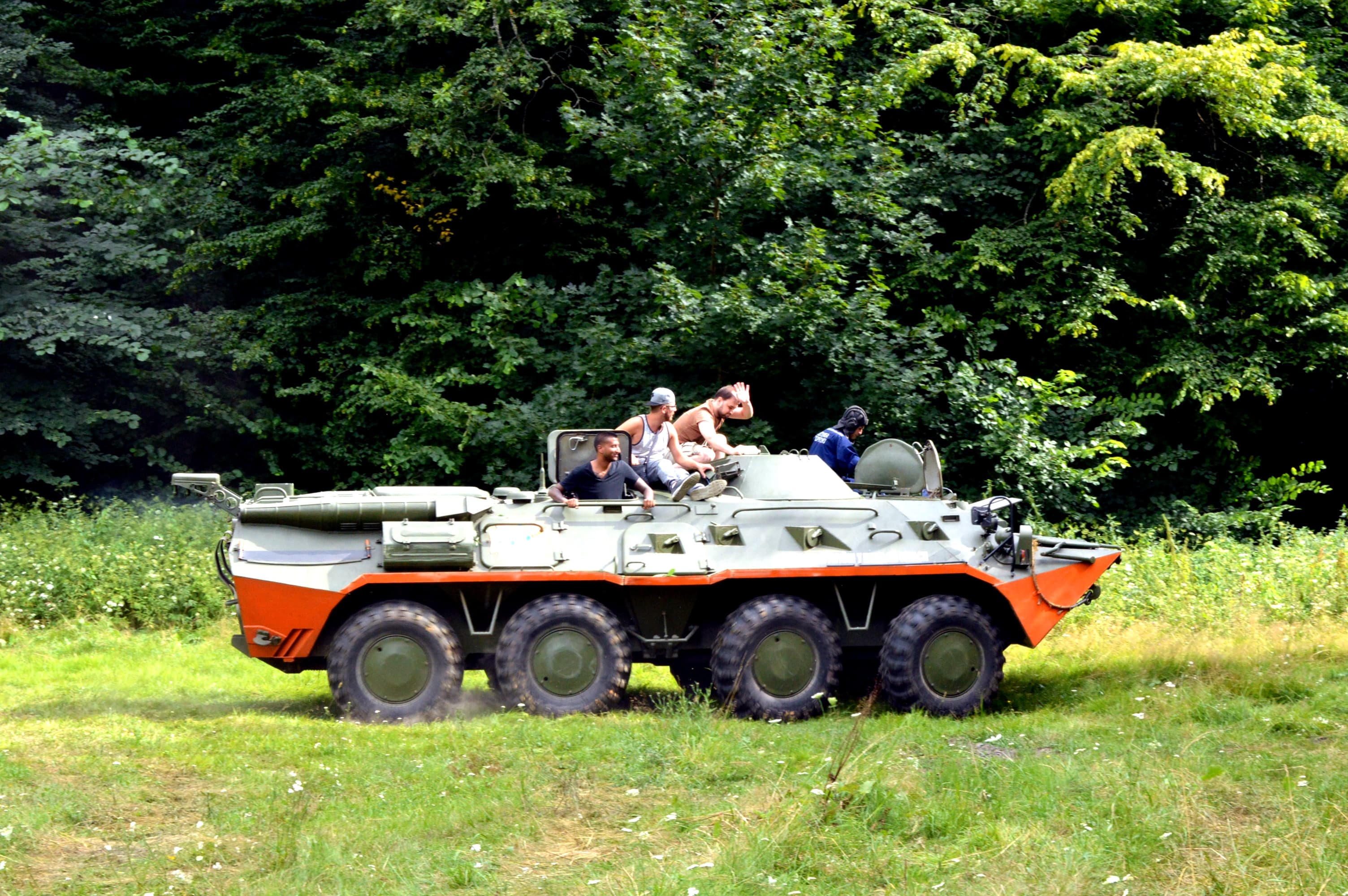
Tank und APC Touren
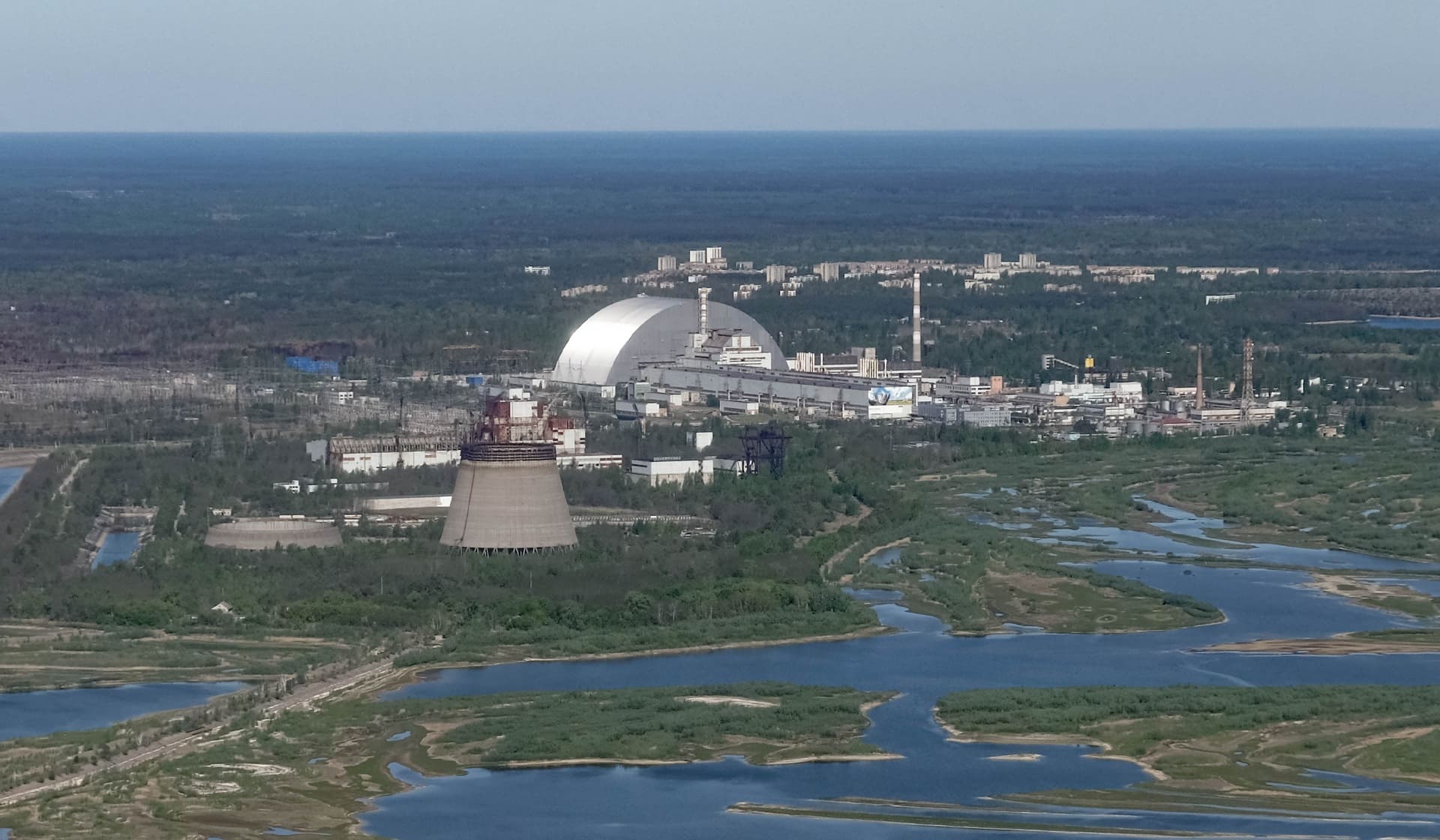
Tschernobyl AIR Tour
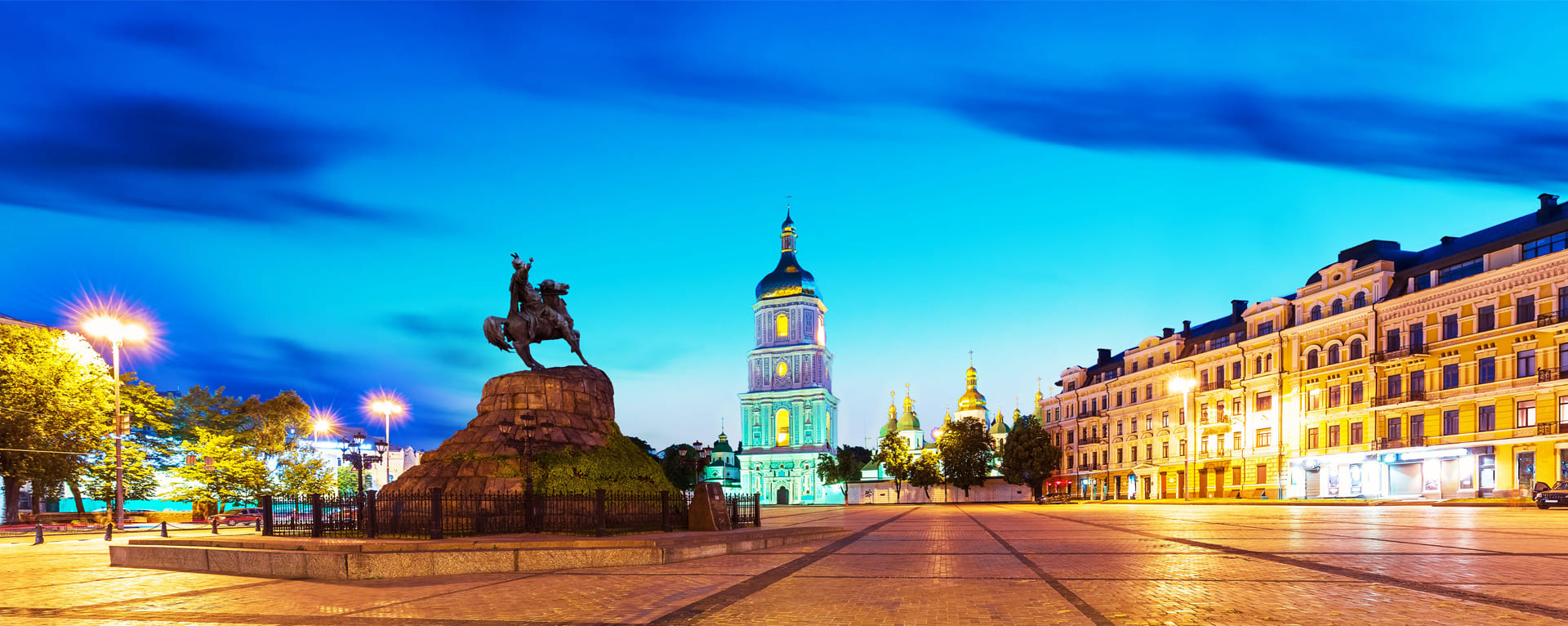
Sightseeing Tour in Kiew
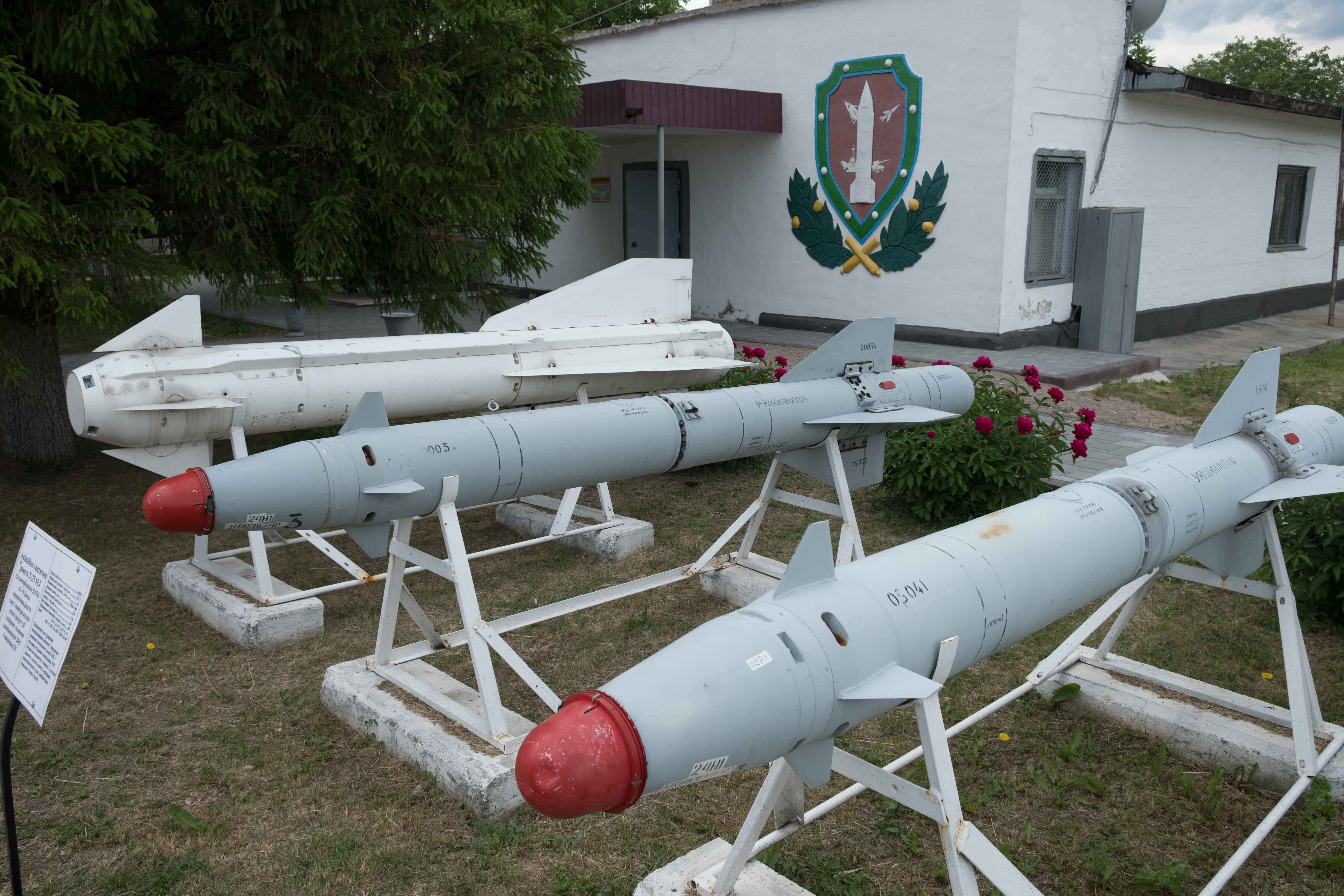
Raketenbasis-Tour
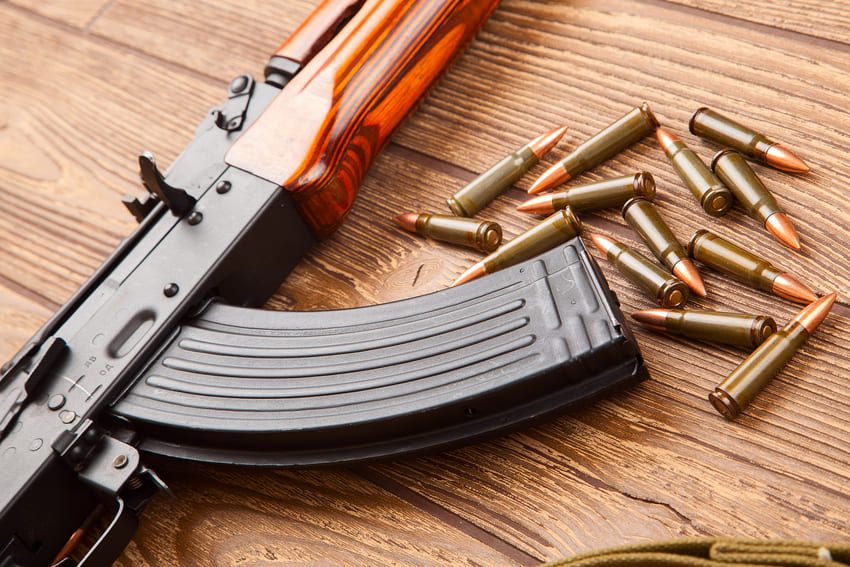
Schießstandstour
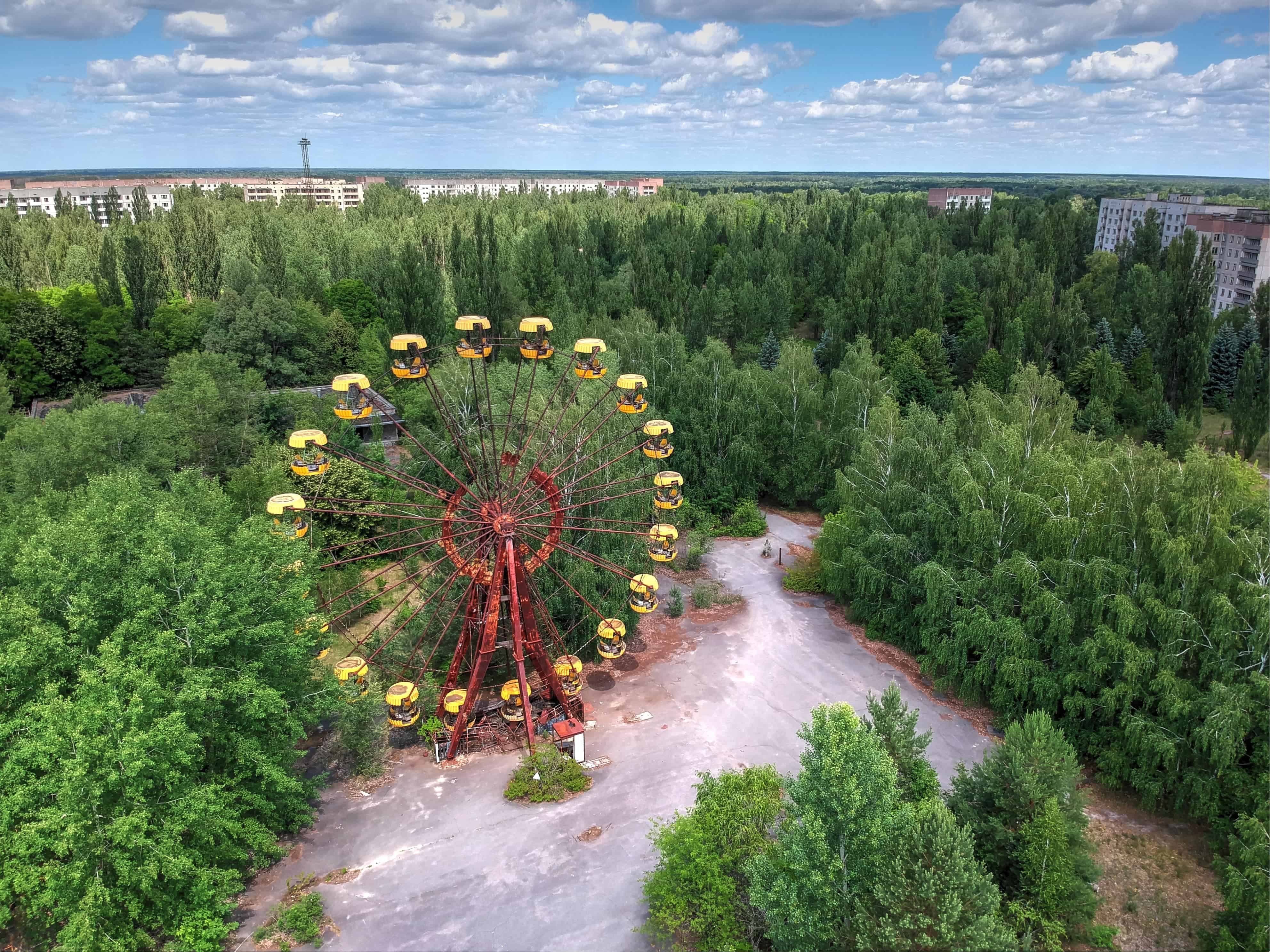
乌克兰神秘之旅